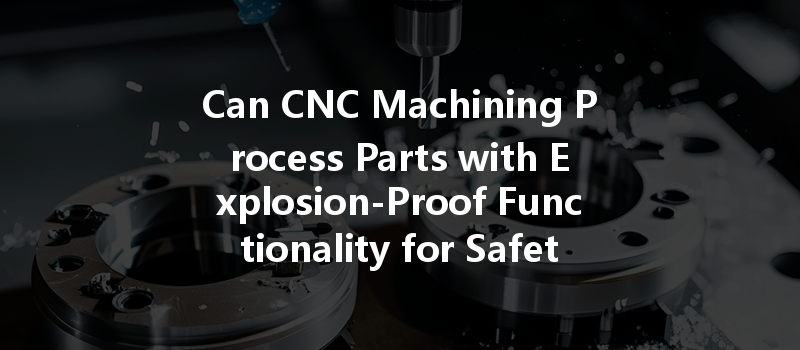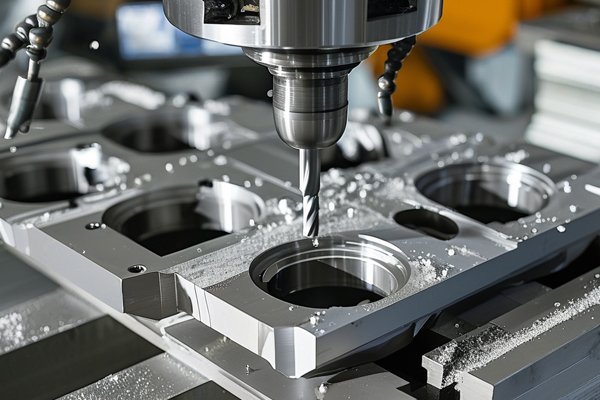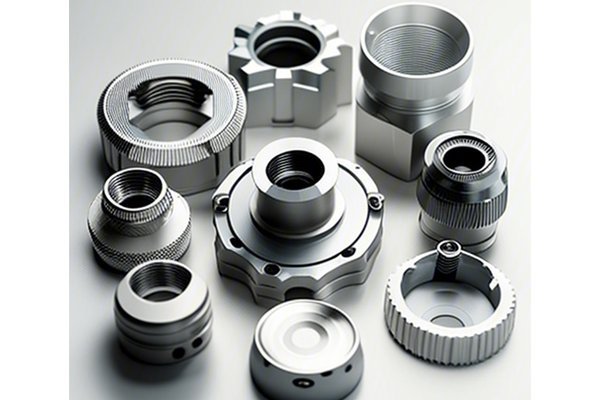—
Opening
Did you know that the U.S. Occupational Safety and Health Administration (OSHA) estimated that over 5,000 workplace fatalities occur each year, with a significant number resulting from explosions and fires in industrial settings? This statistic underscores the critical importance of safety measures, especially when it comes to manufacturing processes in environments where flammable substances are present. This raises an important question: Can CNC machining be utilized to create parts with explosion-proof functionality that ensure the safety of both workers and operations in hazardous environments?
Understanding Explosion-Proof Machinery
Before delving into the capabilities of CNC machining for producing explosion-proof parts, it’s essential to comprehend what explosion-proof machinery entails. In simple terms, explosion-proof equipment is designed to contain any explosion originating from within the machine itself, preventing it from igniting the potentially explosive atmosphere surrounding it. This is vital in industries such as oil and gas, chemicals, pharmaceuticals, and mining, where the risk of explosion is inherently high.
The Role of CNC Machining
Computer Numerical Control (CNC) machining has revolutionized manufacturing with its ability to produce highly precise and complex parts on a mass scale. With advanced control systems and the ability to automate production lines, CNC machining ensures consistency in manufacturing, reducing human error and waste. But how does this technology intersect with the creation of explosion-proof parts?
Key Features of CNC Machining for Explosion-Proof Parts
Applications of CNC Machining for Explosion-Proof Parts
Industries that particularly benefit from the production of explosion-proof parts via CNC machining include:

Case Studies: Successful Implementation of CNC Machining in Explosion-Proof Parts
To highlight the efficacy of CNC machining in producing explosion-proof components, several case studies can be examined where organizations successfully integrated CNC techniques into their operations:
Case Study 1: Oil Refinery Component Manufacturing
A leading oil refinery required specialized valves that could operate in high-pressure, explosive environments. By utilizing CNC machining, the manufacturer produced precision-fit valves with tighter tolerances, ensuring that there were no leakages. This ultimately led to a significant reduction in incidents related to explosive gas leaks.
Case Study 2: Mining Industry Tools
In the mining sector, the demand for durable tools that withstand extreme conditions is paramount. A mining equipment manufacturer turned to CNC machining for enhanced precision and control of the tools’ production, resulting in longer-lasting products that reduced the risk of tool failure during operation.
Developing an Explosion-Proof CNC Machining Process
Integrating explosion-proof components into your manufacturing processes involves several steps:
As we navigate the complexities of safety in industries prone to explosive hazards, the role of CNC machining in producing explosion-proof components cannot be overstated. From careful material selection to precision engineering and rigorous quality control, CNC machining provides a multifaceted solution to ensuring safety in hazardous environments.
The implementation of explosion-proof parts not only protects workers but also enhances operational stability and efficiency, making it a critical consideration for manufacturers in high-risk industries.
As the demand for safety and innovation continues to grow, it is essential for organizations to explore the capabilities of CNC machining fully. Understanding and investing in these advanced manufacturing technologies can significantly contribute to creating safer working environments and reducing the number of tragic accidents associated with industrial explosions. By prioritizing safety through innovation, we create a future where machinery functions reliably, and workers return home safely at the end of every day.
—






